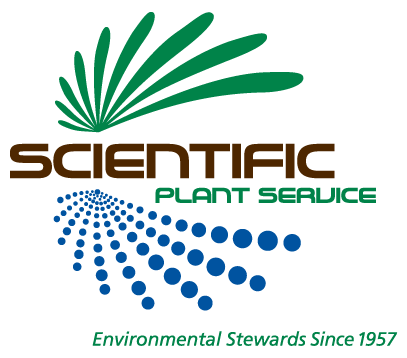How to Prevent Pond Algal Blooms from Developing

Excessive pond algae indicate that the natural balance of the pond ecosystem has been compromised. While some algae can be appropriate, too much can wreak havoc on the pond’s appearance and the mini-ecosystem in and around the water. These clusters of algae, called “algal blooms” can also contain cyanobacteria that produce toxins harmful to animals and people. The following techniques help discourage the growth of toxic algal blooms.
Correctly Identify Algal Blooms
The first step in addressing algal blooms is to identify the algae that have developed. Depending on the body of water, the bloom may manifest as parallel streaks or clumped dots. Some blooms may look like blue, green, or white paint spilled across the water or like bright “pea soup.” Soupy or oily scum on the water surface can also indicate an algal bloom.
Dispose of Organic Materials Properly
After yard work, leaves, grass, and other organic debris should be bagged and removed from the pond area. This prevents these materials from accumulating and then decaying in the pond. As these materials decay, they release excessive nutrients that fuel algae growth.
Create a Beneficial Buffer
Allowing native flowering, deep-rooted vegetation to grow three to five feet from the edge of the pond creates a natural buffer. This buffer intercepts runoff that contains sediment, trash, and other organic materials that would otherwise travel into the pond and release nutrients that contribute to algal blooms.
Add Aeration
When paired with nutrient-limiting strategies, floating fountains and diffused aerators can consistently circulate stagnant water and facilitate the conversion of phosphorus and nitrogen into nutrient forms that do not sustain algal blooms.
Apply Beneficial Bacteria
You can limit algae’s food sources by introducing bacteria and enzymes through a process called biological augmentation. These good bacteria can help consume extra pond nutrients that fuel algal blooms.
Discourage Waterfowl from Taking Up Residence
Limit waterfowl from overpopulating your pond. Feeding ducks, geese, and other waterfowl encourages them to reproduce at rates beyond the pond’s ability to recycle nutrients from the waterfowls’ waste. Maintaining a higher grown buffer around the pond makes it less inviting to waterfowl taking up residence.
Regularly Test Water Quality
Proactive water testing can help identify water quality problems before algal blooms start forming. If your pond has irregular oxygen, pH, or nutrient levels, you can address them before any damage is done by testing your water even when it appears healthy.
If you are seeking the best method for your pond, the experts at Scientific Plant Service can evaluate your pond algal blooms and suggest the best approach.
Scientific Plant Service Is Your Go-To Source In Landscape Healthcare
Scientific Plant Service, located in Baltimore, is a privately owned corporation, chartered in Maryland in 1957 by Frank J. Burke. We started as a full-service Arborists specializing in the care of shade trees and ornamental shrubs, but today we are a Lawn Care company that is a huge part of the community. From aquatic environments and snow management to deer and mole control, SPS has services tailored specifically for your lawn and landscape.
We offer services in Maryland, Washington, DC, and Virginia, including: Harford, Baltimore, Carroll, Frederick, Howard, Anne Arundel, Montgomery, Prince Georges, Talbot, Queen Anne’s, Calvert counties in MD, as well as Loudoun County, Fairfax County, Arlington, Alexandria, and Falls Church in VA. For more information, contact us online, or call us at 410-321-0970. Be sure to follow us on Facebook, Twitter, LinkedIn, and Pinterest!
